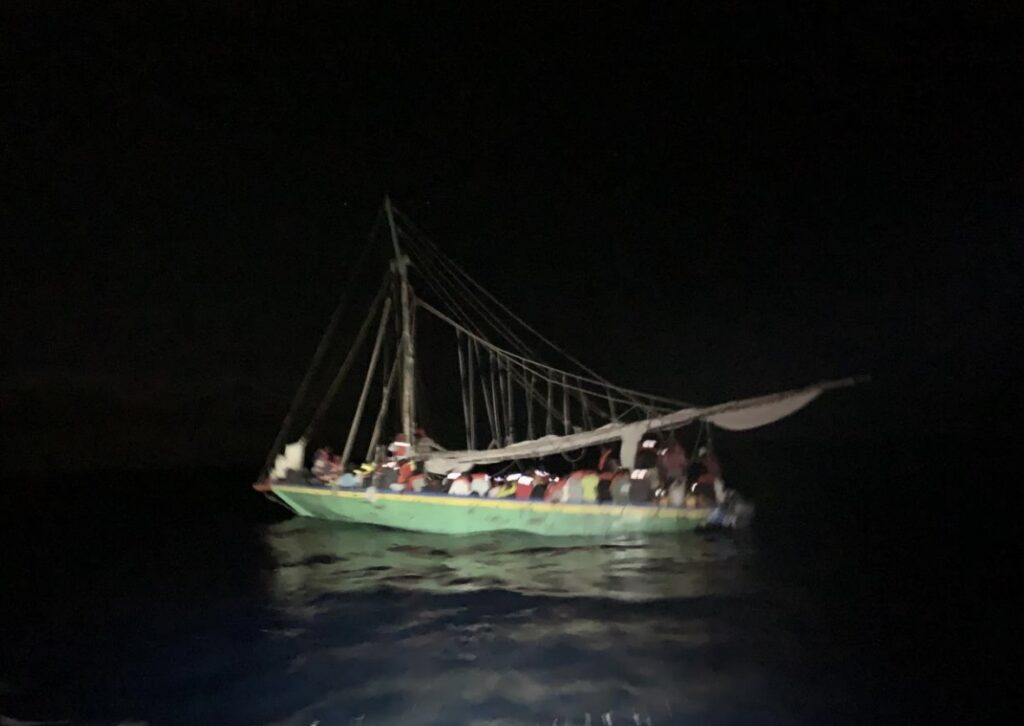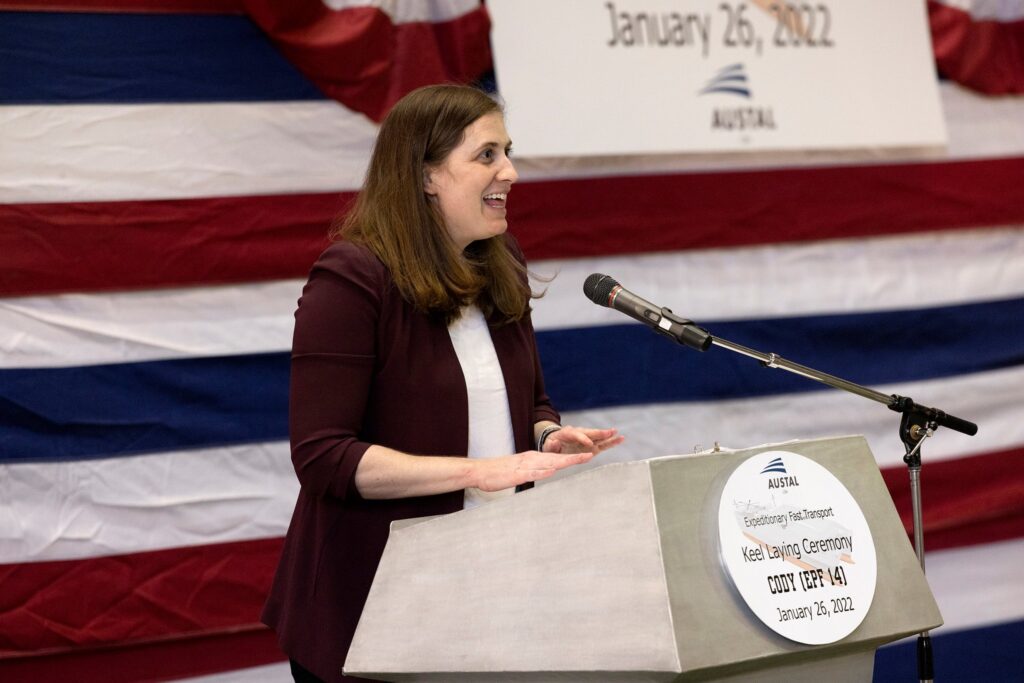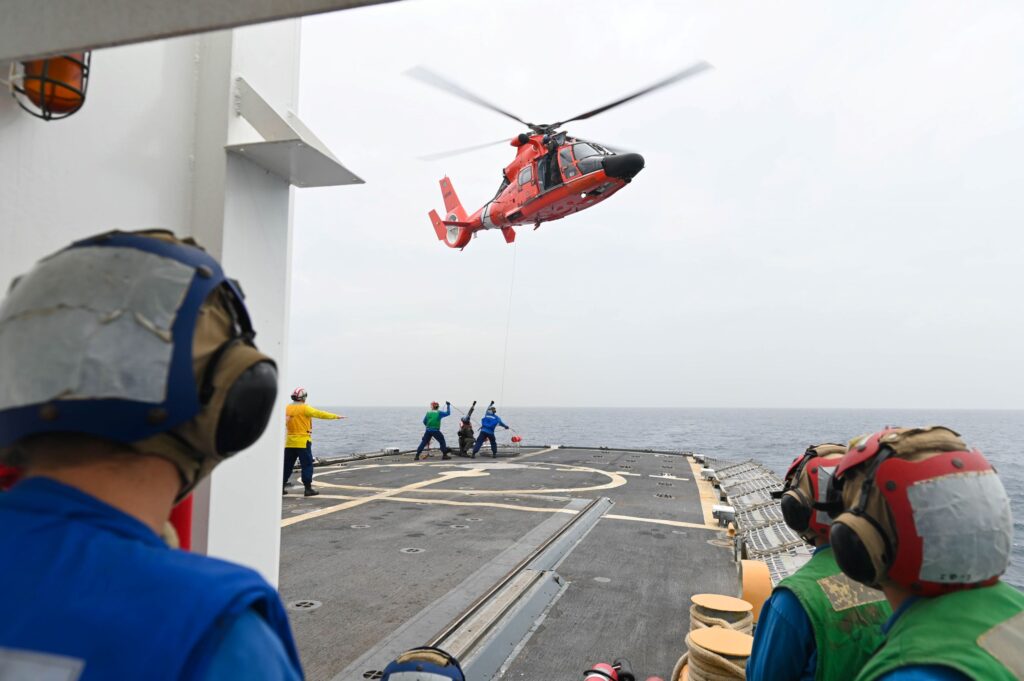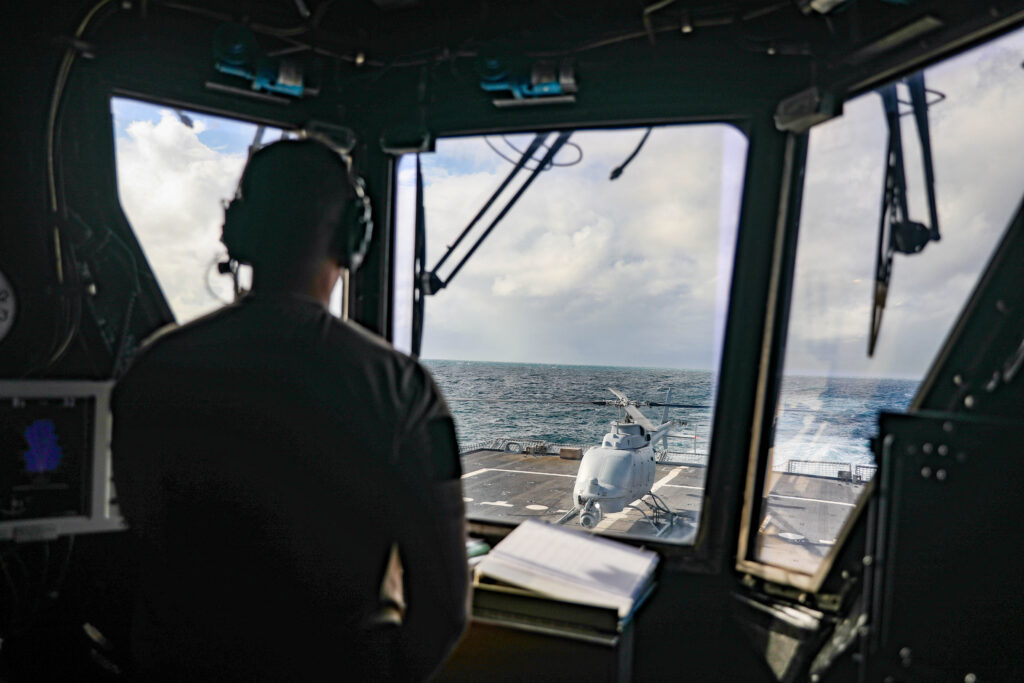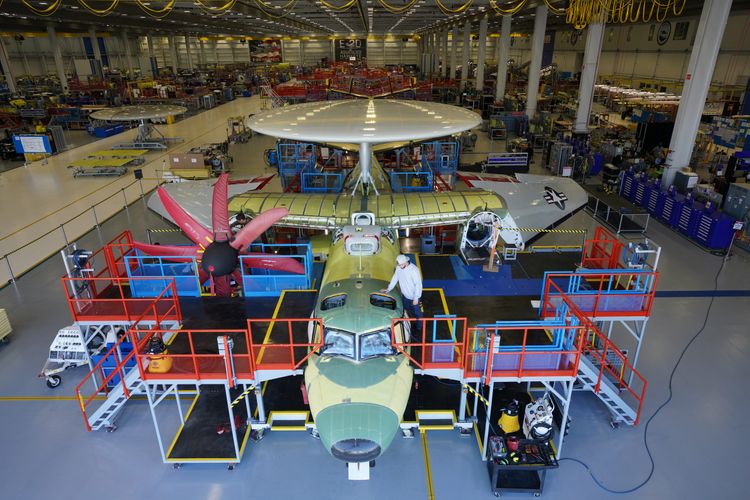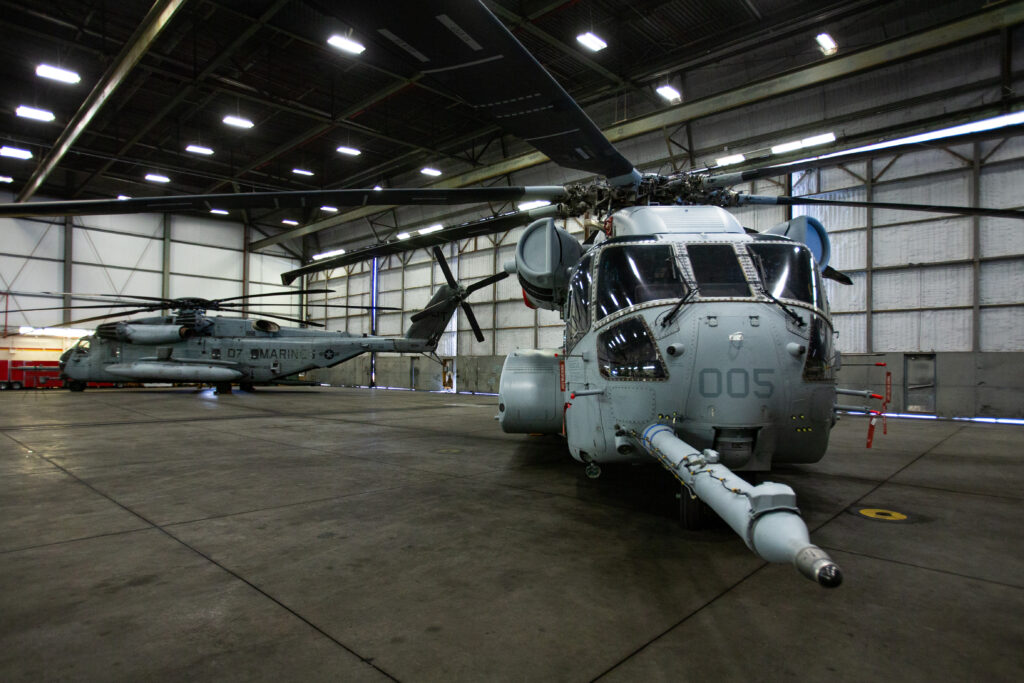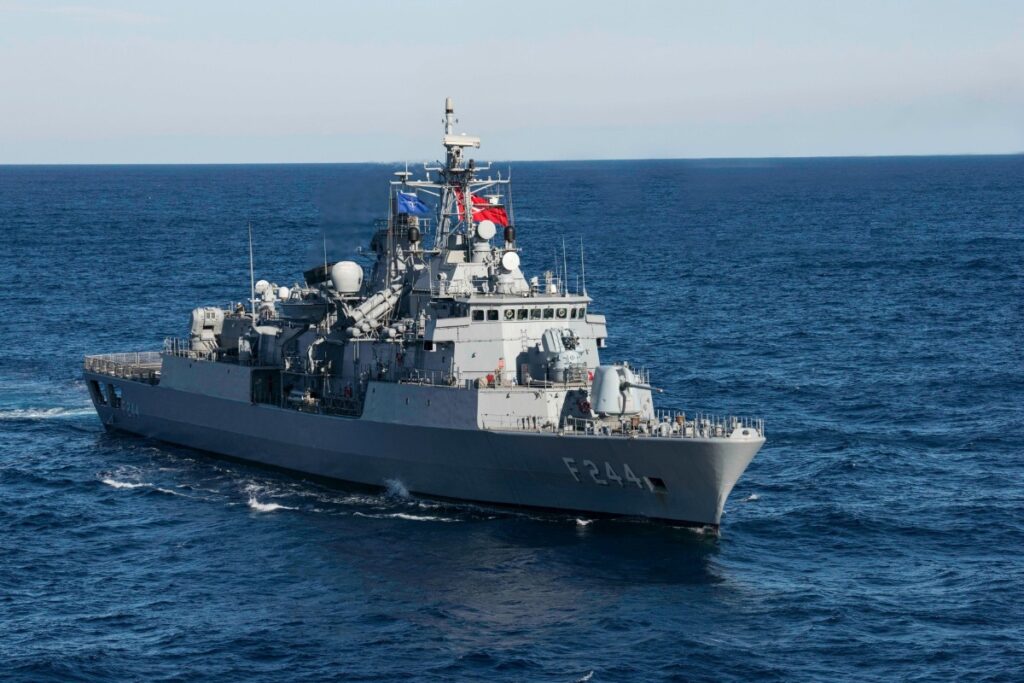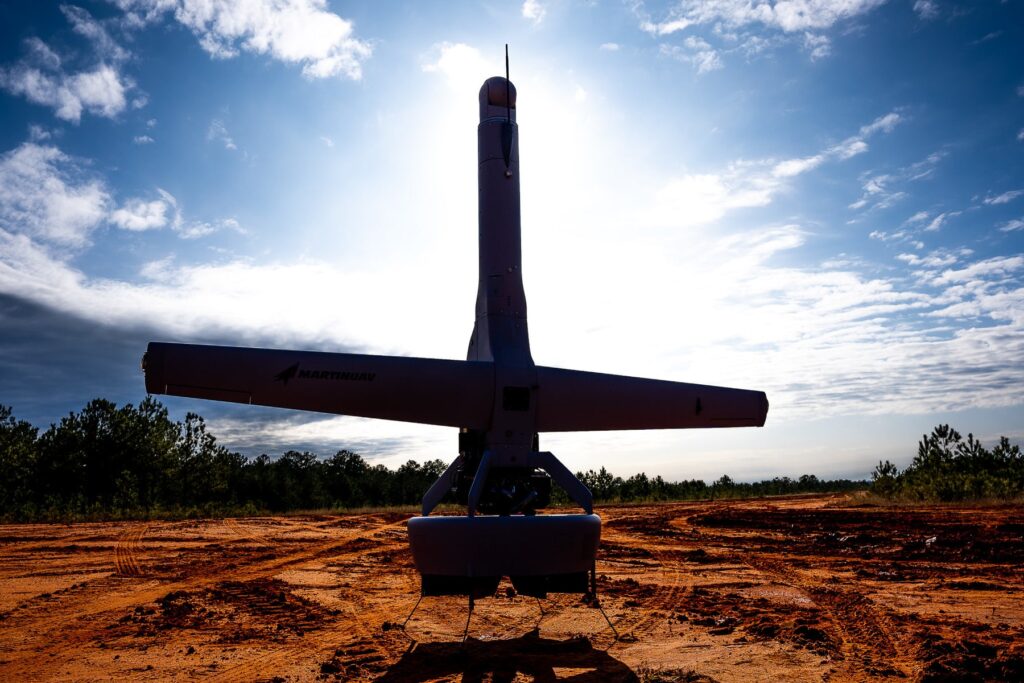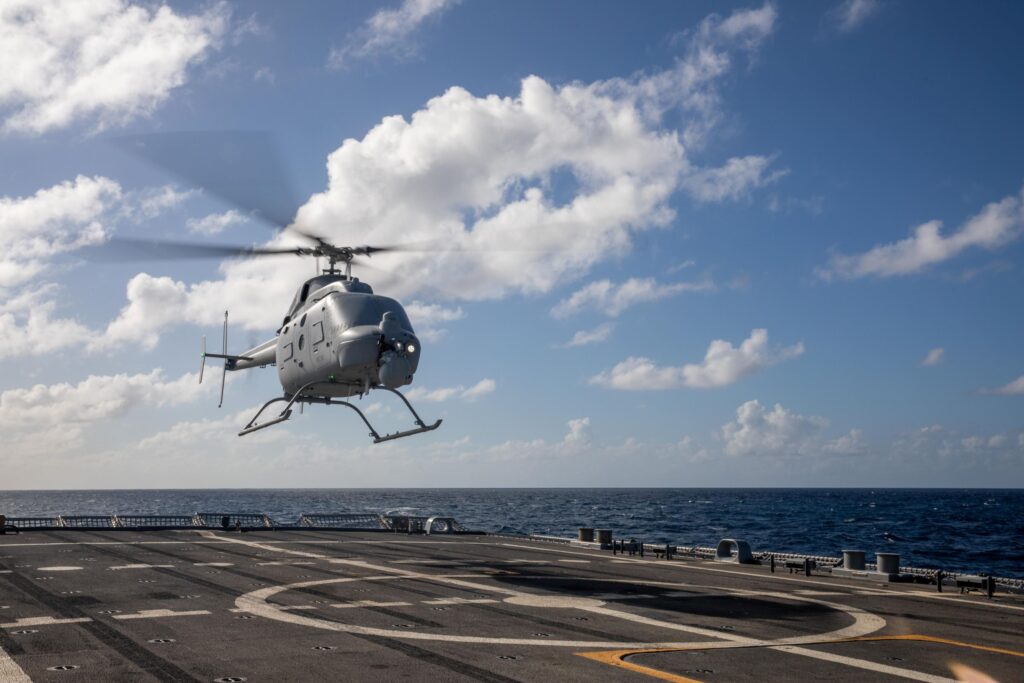Navy Tweaks Guidance for COVID Shipboard Measures to Comply with Updated CDC Advice
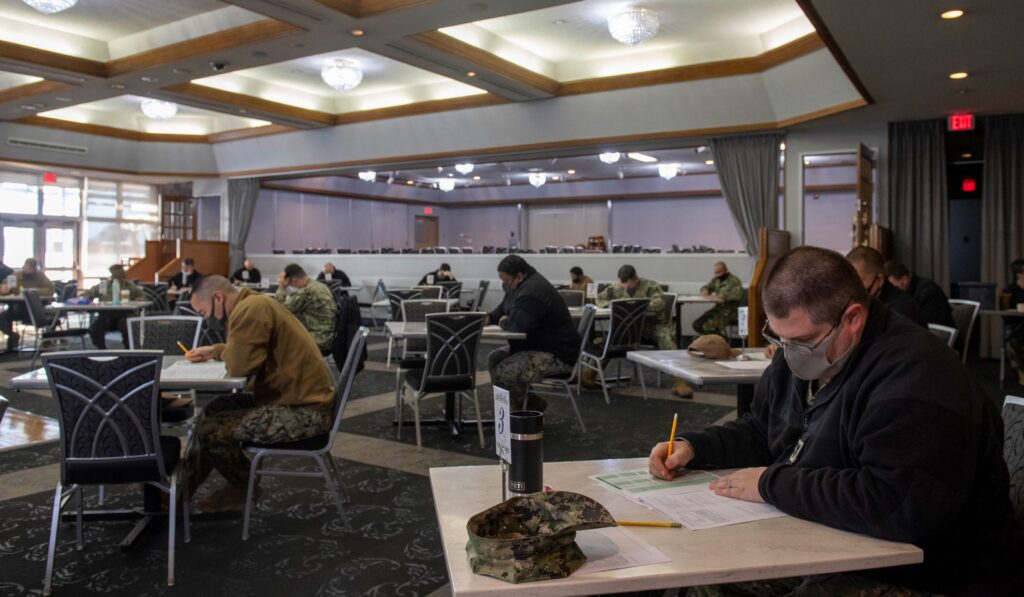
ARLINGTON, Va. — The U.S. Navy has updated guidance to commanders for keeping COVID-19 infections off ships, and what to do if prevention measures fail.
The latest Standardized Operation Guidance (5.0), issued by Vice Adm. William Merz, deputy chief of Naval Operations for Operations, Plans and Strategy, makes changes to how long Sailors testing positive for the coronavirus must be isolated based on the latest recommendations by the Centers for Disease Control and Prevention.
The guidance, issued Jan. 15, includes information for commanders on restriction of movement, when to test and quarantine Sailors. It also streamlines health protection measures for ships.
After the massive COVID outbreak on the USS Theodore Roosevelt in 2020 that sidelined the carrier in Guam for months, Navy leadership determined “that our guidance to our commanding officers was insufficient, that we really needed to be much more detailed, that we had to consult with scientists and environmental experts” on how to operate effectively in a contained environment during a pandemic, Chief of Naval Operations Adm. Michael Gilday told the Surface Navy Association symposium Jan. 11,
“It is my responsibility to deliver the most capable force and this guidance helps us maximize mission readiness,” Merz said in an Aug. 26 statement about the new guidance. “Vaccinations, vaccine boosters, command engagement, and personal accountability are the foundation of our success in fighting COVID.”
The announcement came the same day the Navy revealed it had dismissed another 23 Sailors for refusing vaccination, bringing the total to 45 kicked out since the vaccination deadline expired in late 2021.
The Navy’s new guidance, which applies to all uniformed Navy personnel “at home and deployed,” cuts isolation time for Sailors testing positive for COVID but showing no, or greatly improving, symptoms — such as no fever for 24 hours — to five days, although they must wear masks for another five days to minimize the risk of infecting others.
The CDC said the change “is motivated by science demonstrating that the majority of SARS-CoV-2 transmission occurs early in the course of illness, generally in the 1-2 days prior to onset of symptoms and the 2-3 days after.” While vaccine booster shots are not yet required, the Navy guidance recommended them “because all studies are converging on the need for a vaccine booster to ensure enduring protection.” The booster “has essentially become the next-shot in a series and will likely become mandatory in the near future,” according to the guidance.
However, the guidance asserted that Navy Surgeon General Rear Adm. Bruce Gillingham is the authority for Navy COVID-19 measures. Changes in CDC guidance on virus behavior should first be evaluated by Gillingham “prior to fleet implementation.”
